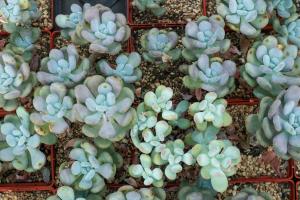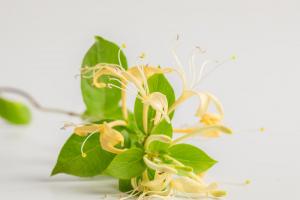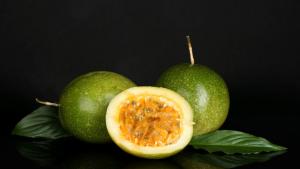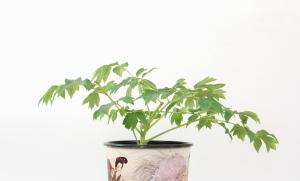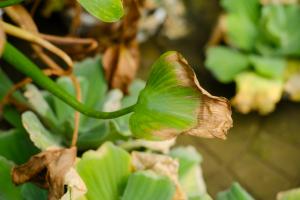Introduction
Acadia National Park is located on Mount Desert Island off the coast of Maine in the United States. It is a beautiful park with diverse environments, ranging from rocky coastline to lush forests. This diversity of environment supports a wide variety of plant and tree species. In this article, we will explore the plant and tree life in Acadia National Park.
Coastal Plants
The coastline of Acadia National Park is famous for its stunning beauty. The rocky shoreline is home to a variety of plant species that have adapted to the harsh environment. Beach pea, beach rose, and sea rocket are some of the most common coastal plants in the park. These plants are important as they help stabilize the rocky shoreline and prevent erosion.
Forests
The forests in Acadia National Park cover about 47% of the park's total area. The forest environment is home to a wide range of tree and plant species. Balsam fir, red spruce, eastern white pine, and paper birch are some of the most common tree species in the park. The understory of the forest is also rich in plant species such as mountain holly, bunchberry, and creeping snowberry.
Meadows and Grasslands
The meadows and grasslands in Acadia National Park are found mostly in the Schoodic Peninsula area of the park. These areas provide a perfect habitat for plant species such as field thistle, goldenrod, and big bluestem grass. These plants are important as they provide food and habitat for a wide range of animals, including birds, insects, and small mammals.
Wetlands
The wetlands in Acadia National Park are important habitats for a wide range of plant species. The wetlands are home to many unique plant species that are adapted to the waterlogged soil. The adaptions of these species include developing a floating root system, being able to hold their breath underwater, and developing hollow stems to allow for oxygen exchanges. Some of the most common wetland plant species in the park include marsh marigold, leatherleaf, and cinnamon fern.
Conclusion
Acadia National Park is a beautiful and diverse environment that supports a wide variety of plant and tree life. The plant and tree species in the park have adapted to their surroundings and play an important role in the ecosystem. Visitors to the park can appreciate the beauty and diversity of the plant life by taking a hike, exploring a meadow, visiting a wetland, or simply watering by the coastline. The plant life in Acadia National Park is an integral part of the park's natural beauty, and it is essential that we work to protect these precious species for future generations to enjoy.

 how many times do yo...
how many times do yo... how many planted tre...
how many planted tre... how many pine trees ...
how many pine trees ... how many pecan trees...
how many pecan trees... how many plants comp...
how many plants comp... how many plants can ...
how many plants can ... how many plants and ...
how many plants and ... how many pepper plan...
how many pepper plan...